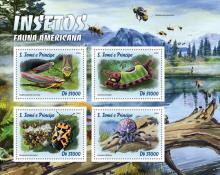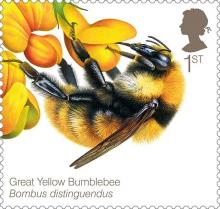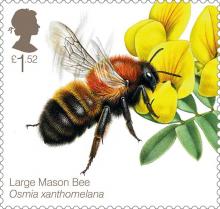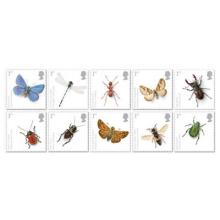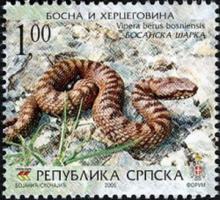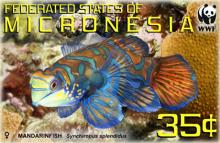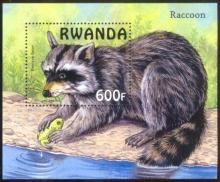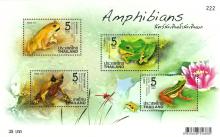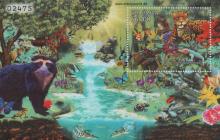Britain's wildlife is in dire straits
Britain’s wildlife is facing a “crisis” with more than 120 species at risk of extinction due to intensive farming, a report will warn. Hundreds of the country’s best-known animals - including types of woodpecker and butterfly - will have an uncertain future with some disappearing completely as their numbers decline rapidly, the State of Nature 2016 report will say. Sir David Attenborough, writing in a foreword for the report, is expected to label the drastic changes a “crisis”.


